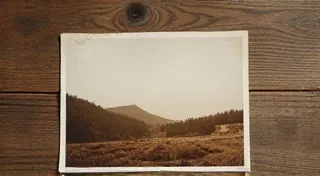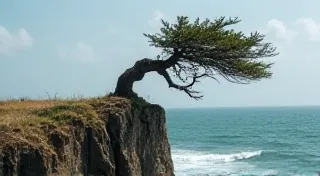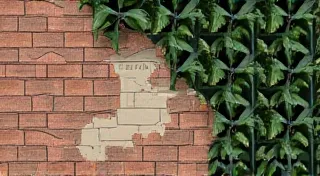Whispers of the Wild: The Untamed Maine Portrayed in Early Postcard Scenes
Maine. Just the name conjures images of crashing waves, towering pines, and a spirit of independent resilience. And for those of us who collect vintage postcards, the visual echoes of that identity are particularly potent. These small rectangles of cardboard, often faded and dog-eared, offer a window into a Maine that existed long before interstates, outlet malls, and the relentless march of modernization. They speak of a state defined by its vast, often unforgiving wilderness – a landscape that shaped its people and continues to define its soul. Collecting Maine postcards isn't just about owning pieces of paper; it’s about holding a tangible connection to a rich, complex history.
The "Golden Age" of postcards, roughly from 1905 to 1920, was a period of immense technological and social change. The U.S. Postal Service had recently standardized postcard rates, making them an incredibly accessible and affordable means of communication. Suddenly, families separated by distance could share snippets of their daily lives with incredible ease. And for Maine, this coincided with a growing national fascination with its rugged beauty.
Early postcard publishers, eager to capitalize on this trend, dispatched photographers into the Maine wilderness. They weren't capturing images for art's sake; they were providing visual commodities – souvenirs and greetings to be sent far and wide. Yet, the results, even within the constraints of the era's photographic technology and printing processes, were often breathtaking. They captured a Maine that felt immense, untouched, and utterly compelling.
Consider Baxter State Park, for instance. The majestic Mount Katahdin, the northern terminus of the Appalachian Trail, dominated countless early postcards. The images rarely depicted bustling crowds; instead, they presented a solitary mountain rising above an endless expanse of forest. These weren’t just photographs of a mountain; they were visual metaphors for Maine's isolation, its scale, and its inherent challenge. Looking at these postcards, you can almost feel the cold wind whipping through the pines and smell the damp earth of the forest floor. This wasn't a state inviting easy comfort; it was a place that demanded respect, a place that earned its character.
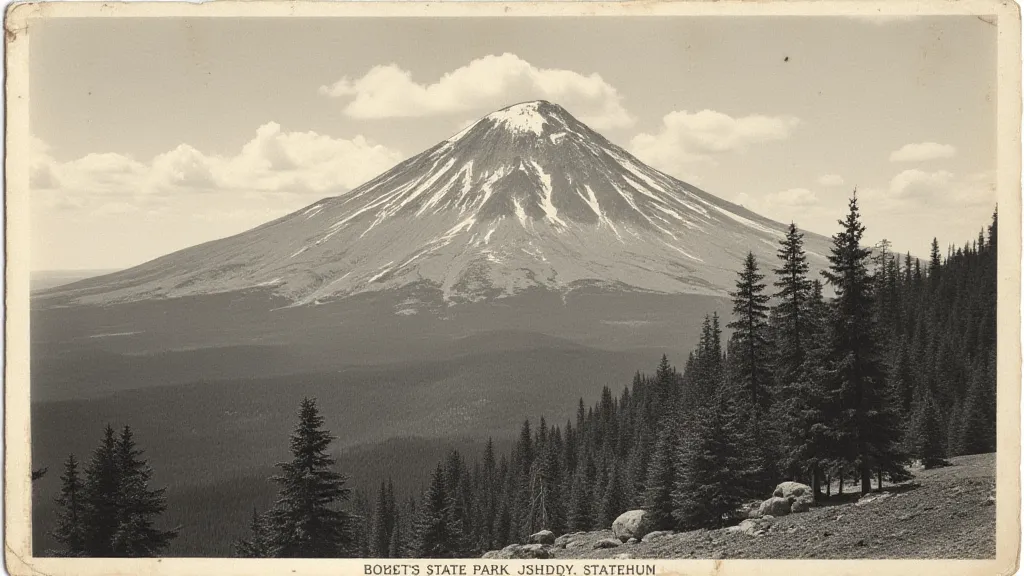
The Art of the Linen Card and the Craft of Composition
Most early Maine postcards were printed on linen paper, a unique material that imparted a distinctive texture and a softer, more diffused quality to the images. Unlike the glossy cards of later decades, linen cards possessed a subtle elegance that enhanced the romanticized depiction of Maine's wilderness. This texture wasn't simply a matter of aesthetic preference; it was an inherent part of the printing process and contributed significantly to the postcard’s unique character. The subtle variations in the linen’s weave often created a beautiful, almost dreamlike quality.
The photographers of this era weren’t simply pointing cameras and snapping photos. They were artists, carefully composing their shots to convey a specific narrative. They understood that a well-placed tree, a strategically positioned lake, or a glimpse of a distant farmhouse could dramatically enhance the impact of an image. Often, the compositions emphasized the smallness of the human presence compared to the overwhelming grandeur of the landscape. This visual dynamic underscored the independent spirit of Maine – a people who, while resilient and resourceful, were intrinsically connected to – and humbled by – the natural world around them.
Beyond the Lakes and Mountains: Coastal Scenes of a Working Landscape
While the inland scenes of lakes and mountains are often the most iconic, the coastal Maine postcards offer a different, but equally compelling, perspective. These images often depicted working waterfronts – bustling fishing piers, lobster boats heading out to sea, and weathered clapboard houses clinging to rocky shores. The scenes weren’t presented as picturesque idylls; they were honest depictions of a hardscrabble existence – a testament to the resilience of the people who made their living from the ocean’s bounty.
The imagery often lacked the idealized romance found in some of the inland landscapes. Instead, it portrayed a tangible connection between the people and their environment – a reality that celebrated hard work and a deep understanding of the natural world. You saw fishermen mending nets, women hanging laundry on lines strung between houses, and children playing near the docks. These were snapshots of everyday life, capturing the essence of a coastal community bound by tradition and necessity. They remind us that Maine’s beauty wasn't just found in its landscapes; it was embodied in the people who shaped those landscapes with their labor and dedication.
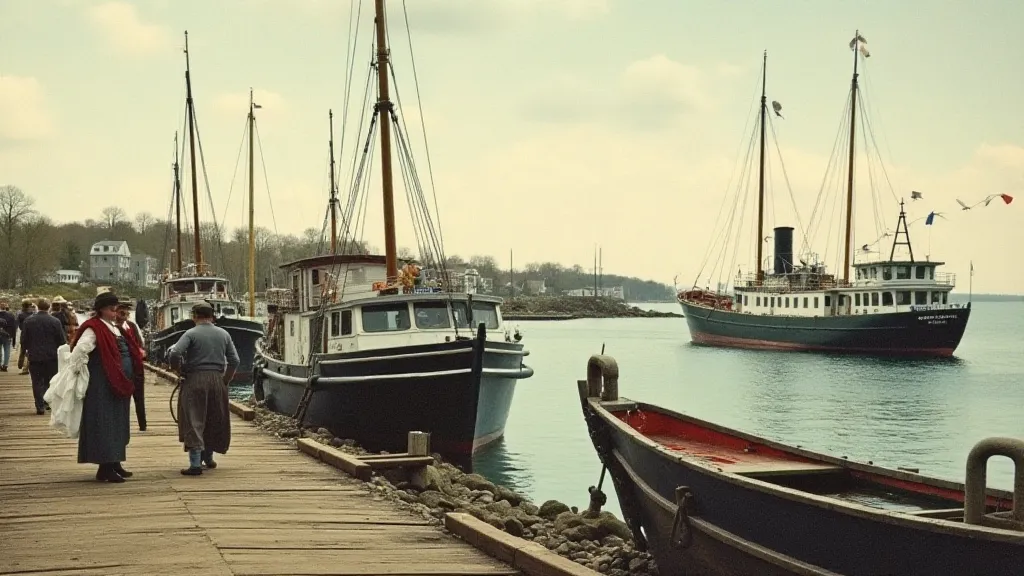
Restoration and Appreciation: Caring for a Piece of History
Collecting vintage Maine postcards is more than just accumulating pieces of cardboard; it's about preserving a tangible connection to the past. Many of these postcards have suffered the ravages of time – fading colors, brittle paper, and dog-eared corners are common ailments. While meticulous restoration is a delicate process, careful handling and archival storage can significantly extend their lifespan. Avoiding direct sunlight and humidity are key preventative measures.
The value of vintage Maine postcards varies widely depending on several factors, including the rarity of the image, the condition of the card, and the historical significance of the subject matter. Postcards depicting specific historical events, such as early logging operations or the construction of iconic bridges, can command particularly high prices. However, the true value of these postcards lies not in their monetary worth, but in their ability to transport us back to a different era – an era when Maine’s wilderness defined its identity and shaped the lives of its people.
Consider the stories these cards silently hold. Who sent them? To whom? What emotions did they convey? These are questions that spark the imagination and deepen our appreciation for the human connections that these small pieces of cardboard represent.
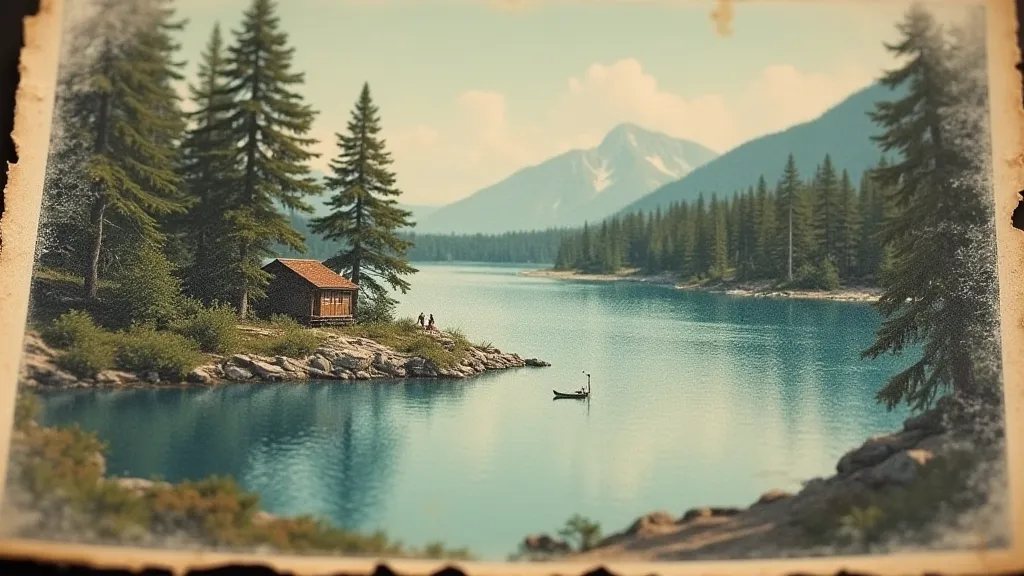
A Lasting Legacy: The Spirit of Maine Endures
The vintage postcards of Maine are more than just relics of the past; they are windows into the soul of a state. They offer a glimpse of a time when wilderness was not something to be conquered, but something to be respected – a force that shaped the character of its people. These small pieces of cardboard remind us of the enduring spirit of Maine – a spirit of independence, resilience, and a deep connection to the natural world. And as long as these postcards continue to be collected, cherished, and shared, that spirit will continue to endure.
